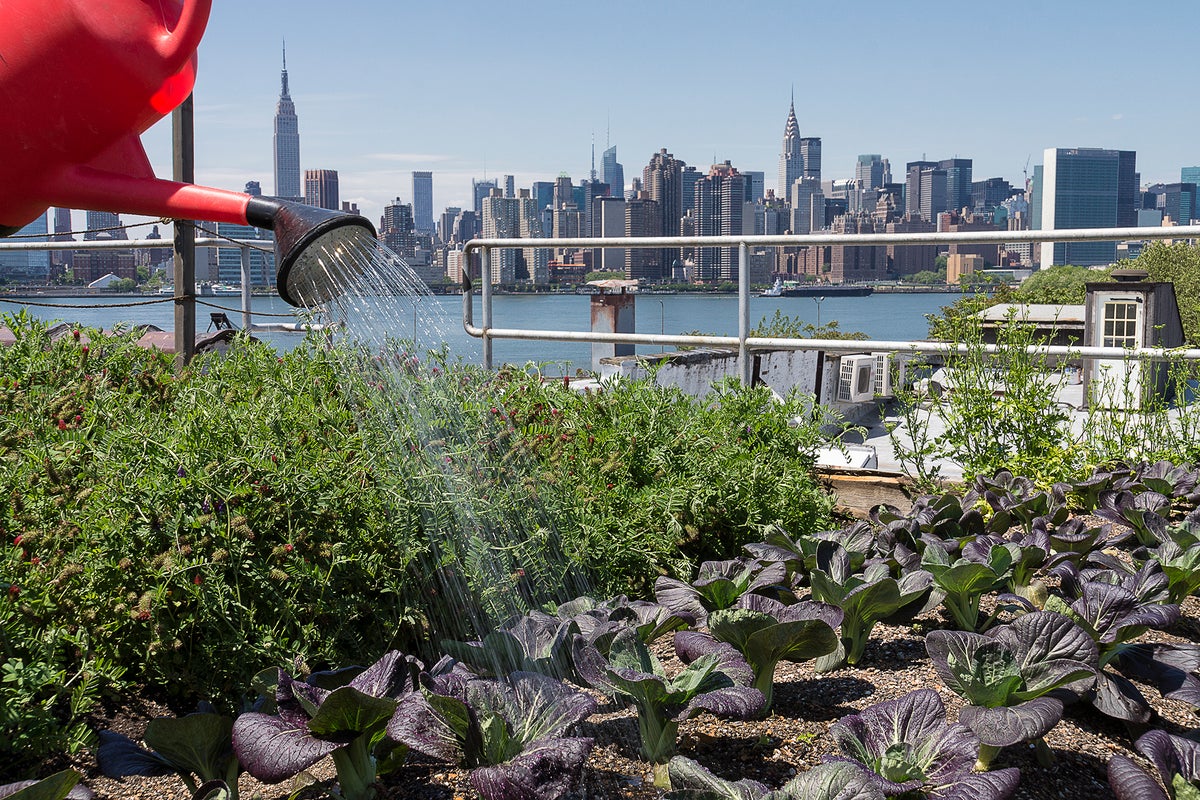The smart Trick of City Blooming That Nobody is Talking About
The smart Trick of City Blooming That Nobody is Talking About
Blog Article
Not known Factual Statements About City Blooming
Table of ContentsThe 3-Minute Rule for City BloomingThe Main Principles Of City Blooming Some Ideas on City Blooming You Need To KnowThe Only Guide to City BloomingExamine This Report about City Blooming
Fascinated in growing food for sale in the City of Chicago? Below is a checklist of frequently asked inquiries concerning the policies and regulations that growers should consider when preparing a city agriculture project.
The zoning change does not change any various other codes handling composting, structure permits, acquiring or renting City owned residential property, organization licenses or environmental contamination. There are existing codes that manage these concerns and they continue to be completely impact and may be suitable to your project. Community yards are commonly had or managed by public entities, civic organizations or community-based companies and kept by volunteers.
Urban ranches grow food that is intended to be marketed, either on a nonprofit or for-profit basis. Because of their business purpose, urban farms require an organization permit. Yes. A neighborhood garden is allowed to market surplus produce that was grown on site if the sales are accessory or secondary to the garden's main function explained above.
City Blooming - Questions
Composting is permitted but only for plant product that is generated and utilized on site. The quantity of compost material can not go beyond 25 cubic yards at any provided time according to the standards in 7-28-715 of the City's Municipal Code. Yes. Due to the fact that the dirt at most brand-new yard websites requires amending, compost, dirt, wood chips, or other materials can be acquired to build or enhance the expanding room - sustainable gardening.

If a structure permit is required then the hoophouse will certainly be thought about an accessory building. You can discover more about the building authorization requirements by speaking to the Department of Structures. The 25,000-square-foot size limit is meant to avoid a single community garden from controling a given block or diminishing the block's existing domestic or commercial personality.
The limitation does not apply to gardens found in Public Open Room (POS) districts. Can there be more than one area yard that is 25,000 square feet on a single block? Yes. The size limitation relates to private yards, not to specific blocks. No. Fencing is not called for, however, yards that have large car parking locations may be called for to mount fence or other landscaping functions.
What Does City Blooming Mean?
B1 & B2 districts call for that all commercial usage tasks be performed inside your home. Is fencing required for city farms? Fencings might be called for, along with landscaping and testing, for particular vehicle parking locations and outdoor work or storage space areas depending on area and the particular activity taking area.
Urban ranches need structure permits and zoning approvals prior to construction (sustainable gardening). Other types of city review might be called for depending on details structures, tasks, dimension, landscape design, licensing, public health and stormwater monitoring problems.
Yes. The sort of permit is established by what is occurring at the site. The Division of Company Affairs and Customer Protection can assist determine the certain sort of company license that's required. Yes. Off road auto parking is needed for most commercial tasks in Chicago. The called for number of car parking spaces is based on the number of staff members working with site and not the square video of the expanding space.
Examine This Report on City Blooming

Yes. An urban farm can offer compost material produced on website, however, the operation must adhere to the regulations in 7-28-715 of the Chicago Municipal Code. Yes. Aquaponic systems are allowed inside your home on metropolitan ranches in several zoning districts. Nevertheless, a zoning testimonial and structure authorization is required in order to install frameworks or systems and a company license is called for as explained over.
Approximately five hives or nests of honey bees might be maintained as an accessory usage. Beekeepers have to register with the Illinois Division of Agriculture. For even more details regarding the suggested zoning modification you might get in touch with the Division of Real why not check here Estate and Economic Growth, Bureau of Preparation and Zoning at 312.744.8563.
Farming in cities and city areas A city ranch in Chicago. Urban agriculture describes different methods of cultivating. https://www.goodreads.com/user/show/179466644-daniel-nold, handling, and distributing food in urban locations. The term also relates to the location tasks of pet husbandry, aquaculture, beekeeping, and horticulture in a city context. Urban agriculture is identified from peri-urban agriculture, which takes area in backwoods beside suburbs.
Rumored Buzz on City Blooming
It can involve a motion of natural growers, "foodies" and "locavores", who seek to develop social media networks based on a shared values of nature and area holism. These networks can develop by way of official institutional assistance, coming to be integrated into neighborhood town as a "transition town" movement for lasting urban advancement.
In either case, the much more straight access to fresh veggie, fruit, and meat products that may be understood via metropolitan agriculture can improve food security and food safety while lowering food miles, resulting in lower greenhouse gas discharges, thus adding to environment change reduction. Several of the very first proof of metropolitan agriculture originates from Mesopotamia.
Report this page